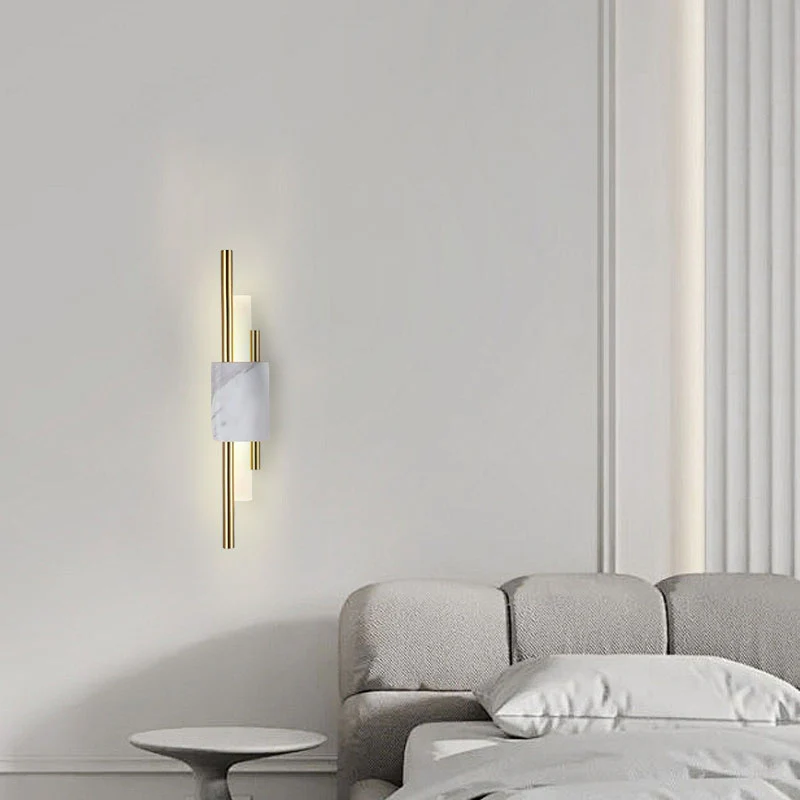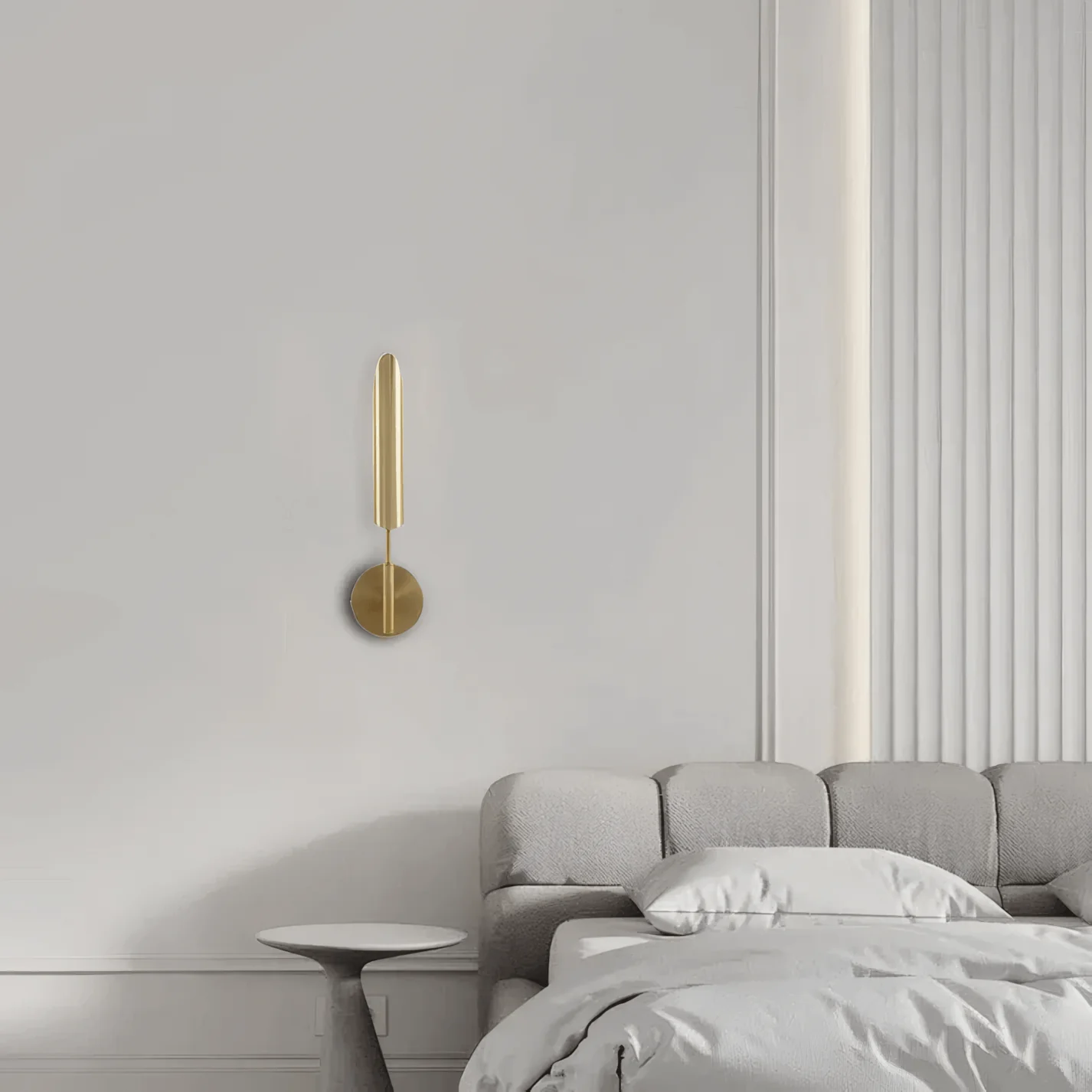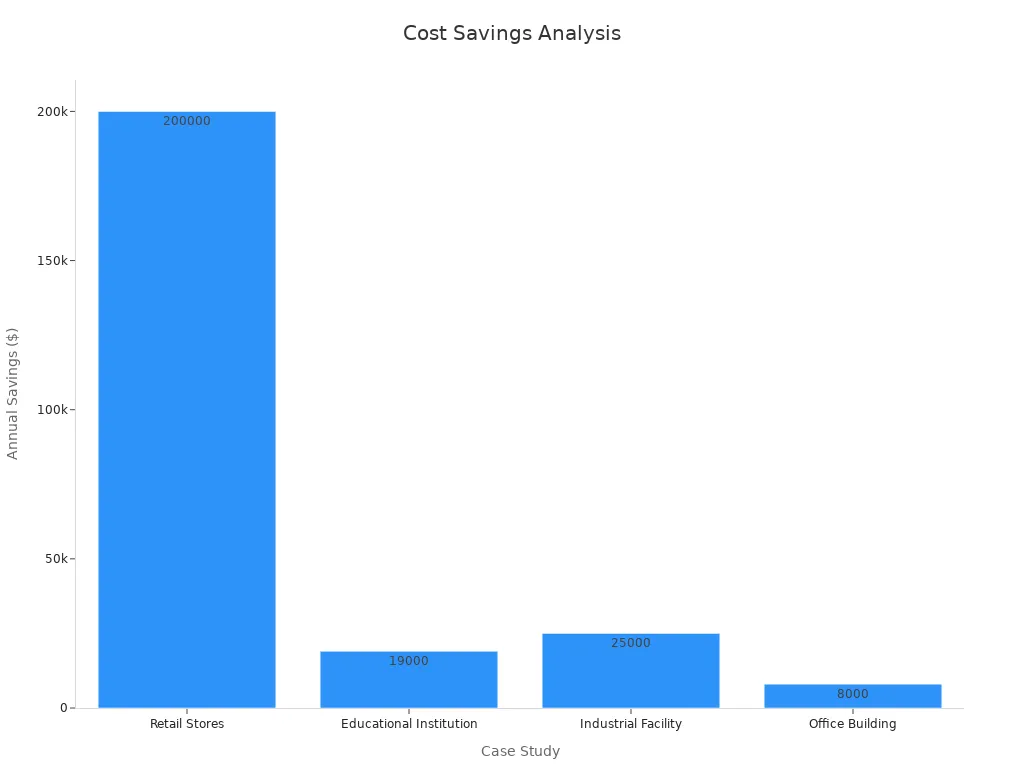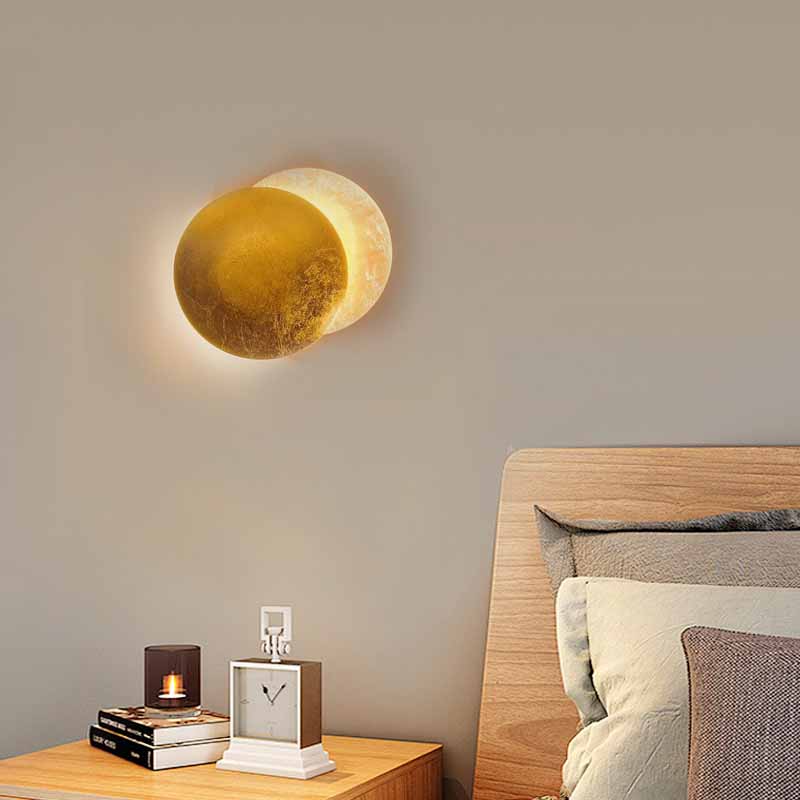Top Tips for Saving Energy with LED Lights

Saving energy is very important now. Swap old bulbs for energy-saving LED lights to save energy and money. Each energy-saving LED light bulb saves about EUR 10 every year. They last longer and produce less heat. This makes them a better choice for the planet. Change today to help the environment.
Key Takeaways
Switching to LED lights can save you about EUR 10 per bulb each year. This adds up to significant savings on your energy bills.
LED bulbs last much longer than traditional bulbs, reducing the need for frequent replacements and cutting down on waste.
Using smart LED systems and dimmers can further enhance energy savings by adjusting brightness based on your needs.
Why Energy-Saving LED Lights Work Well
How LED technology saves energy
LEDs are great for saving energy. Unlike old bulbs, LEDs turn most electricity into light, not heat. This means less wasted energy and better results. LEDs use up to 90% less energy than regular bulbs but still shine just as bright. They can produce over 200 lumens per watt, much more than traditional fluorescent tubes, which only reach about 60 lumens per watt.
Another benefit of LEDs is their ability to work with smart systems. Sensors can change their brightness based on the light around them, saving even more energy. Small solar panels can also power LEDs, making them perfect for places without electricity. These features make LEDs a smart and eco-friendly choice for homes and businesses.

Energe-Saving
LED Lights
Comparing LED lights to older bulbs
LEDs are better than old bulbs in many ways. They use at least 75% less energy than incandescent bulbs and last up to 25 times longer. Compact fluorescent lamps (CFLs) save more energy than incandescent bulbs but are still not as good as LEDs. For example, CFLs use about 35% less energy than incandescent bulbs, while LEDs save 75% or more.
Heat is another big difference. Incandescent bulbs waste 90% of their energy as heat, and CFLs waste about 80%. LEDs, however, give off very little heat, making them safer and more efficient. The table below shows these differences:
Feature |
LED Lighting |
Incandescent Lighting |
CFL Lighting |
|---|---|---|---|
Energy Use |
Uses at least 75% less energy |
Wastes 90% of energy as heat |
Wastes about 80% of energy as heat |
Lifespan |
Lasts up to 25 times longer |
Lasts about 1,000 hours |
Lasts about 10,000 hours |
Heat Emission |
Gives off very little heat |
High heat output |
Moderate heat output |
Light Direction |
Shines light in one direction |
Needs reflectors for direction |
Needs diffusers for direction |
Saving money with LED lighting
Using LEDs can save a lot of money. While LED bulbs cost more at first, they last much longer, so you spend less on replacements. For example, an LED bulb can last 25 times longer than an incandescent bulb.
LEDs also cut energy bills. Some companies save up to 80% on lighting costs. The chart below shows how much different organisations saved after switching to LEDs:

By using less energy and needing fewer replacements, LEDs pay for themselves quickly. For instance, shops saved $200,000 a year and got their money back in under a year. This makes LEDs a smart choice for saving money at home or work.
Practical Tips for Saving Money with LED Bulbs
Picking the best LED bulb for your home
Choosing the right LED bulb saves energy and money. Look for bulbs with high energy ratings and long lifespans. LEDs last much longer than old incandescent bulbs, cutting replacement costs. Their strong plastic design makes them hard to break, reducing waste. Think about brightness and colour when buying. Warm white gives a cosy feel, while cool white suits work areas.
Tip: Read reviews before buying. One LED bulb on Amazon has 4.7 stars from over 13,100 reviews. People love its brightness and energy savings.
Using dimmers and smart LED systems
Dimmers and smart LEDs help save energy and make bulbs last longer. Dimmers let you change brightness to suit your needs, using less energy. Smart systems adjust light automatically based on natural light levels. This setup saves energy and keeps your home comfortable.
Note: Smart LED systems cost more at first, but they save money on bills over time.
Placing and using LED lights wisely
Placing LED lights in the right spots boosts efficiency. Use bright lights for work areas and softer lights for relaxing spaces. Avoid using bulbs that are too bright for the room. For outdoor areas, solar-powered LEDs can cut electricity costs completely.
Tip: Replace fluorescent bulbs with LEDs in busy areas. Swapping 20-watt bulbs in 50 fixtures can save $438 each year.
Caring for LED bulbs to keep them efficient
Taking care of LED bulbs helps them last longer. Clean them often to remove dust that dims their light. Don’t use them in closed fixtures that trap heat, as this can damage them. If a bulb flickers, check the wiring or dimmer to avoid harm.
Reminder: LEDs stay cooler than old bulbs, making them safer and stronger. Regular cleaning and checks keep them working well.
Environmental Benefits of LED Lighting

Lower carbon emissions with LED lights
Using LED lights helps cut carbon emissions a lot. LEDs use less energy than old bulbs. This means power plants burn fewer fossil fuels. Less energy use leads to fewer greenhouse gases.
Businesses using LEDs lower their carbon footprint.
LEDs work well with solar panels, reducing emissions even more.
Choosing LEDs helps the planet and fights climate change.
Reducing waste through longer bulb lifespan
LEDs last much longer than old bulbs, creating less waste. One LED bulb can work for 20,000 to 50,000 hours. Old incandescent bulbs only last 750 to 2,000 hours. This means fewer bulbs end up in landfills.
Bulb Type |
Lifespan (Hours) |
Waste Created |
|---|---|---|
LED |
20,000 to 60,000 |
Very little |
Incandescent |
750 to 2,000 |
A lot |
LEDs are strong and resist shocks and heat. This makes them last longer. Using LEDs means fewer bulbs are thrown away, helping the environment.
Old bulbs need replacing often, adding to waste.
LEDs last over 25,000 hours, cutting waste a lot.
Supporting sustainable living with LED technology
LEDs help people live sustainably. They save energy, lowering electricity bills and protecting resources. LEDs also stay cool, making them safe and efficient.
You can use LEDs with smart systems to save energy. Motion sensors and timers turn lights off when not needed. Solar-powered LEDs are great for outdoor spaces.
Switching to LEDs helps you live greener. They save energy and encourage caring for the environment.
Buying LED Bulbs: A Simple Guide
Knowing wattage and brightness
When buying LEDs, know about wattage and brightness. Wattage shows energy use, and brightness is measured in lumens. LEDs give more light using less energy than old bulbs. For example, an 8000-lumen LED uses 40 watts, but older bulbs need more energy for the same brightness.
Lumens (Brightness) |
Watts (Energy Use) |
|---|---|
8000 |
40 |
12000 |
60 |
20000 |
100 |
Luminous efficacy tells how well a bulb turns energy into light. LEDs reach 200 lumens per watt, while old bulbs only manage 10-17 lumens per watt. This makes LEDs cheaper and better for the planet.
Picking the right colour temperature
Colour temperature, in Kelvin (K), shows how the light looks. Warm white light (about 3500K) feels cosy, great for living rooms or dining areas. Cooler light (4000K to 5000K) works well in kitchens or offices.
Colour Temperature |
Description |
Best Places to Use |
|---|---|---|
3500K |
Warm white light |
Living rooms, dining areas |
4000K |
Pure white light |
Offices, kitchens, grocery shops |
5000K |
Cold white light |
Hospitals, classrooms, warehouses |
Think about the room’s purpose and mood when choosing. Try different options to find the best fit.
Checking lifespan and energy ratings
LEDs last much longer than old bulbs. A good LED can work for 15,000 to 50,000 hours, while old bulbs last only 1,000 hours. Look for energy ratings on the box to check efficiency. Standards like LM-80 and LM-79 test how long and well the bulb works.
Standard |
What It Tests |
|---|---|
LM-80 |
Checks how bright LEDs stay after 6,000 hours |
LM-79 |
Measures energy use and light performance |
Buying bulbs with these labels means you get a reliable and efficient product.
Looking at certifications and warranties
Certifications prove LED bulbs are safe and work well. Look for labels like Energy Star, CE Mark, or RoHS. These show the bulb saves energy, is safe, and follows rules.
Certification Standard |
What It Means |
|---|---|
Energy Star |
Proves energy savings and good quality |
CE Mark |
Meets EU safety rules |
RoHS |
Free from harmful materials |
Check the warranty too. A longer warranty shows the bulb is built to last. This protects your money and gives peace of mind.
Changing to LED lights has many advantages. They use up to 90% less energy than old bulbs. This helps lower electricity bills and reduces carbon emissions. LEDs also last longer, meaning less waste and fewer replacements.
Comparison |
Energy Savings (%) |
Cost Savings |
Environmental Impact |
|---|---|---|---|
LED vs Incandescent |
80-90 |
Big savings |
Smallest environmental harm |
LED vs Fluorescent |
50-60 |
Big savings |
Lower carbon emissions |
LED Retrofit Tubes |
N/A |
Pays back in 4 months |
N/A |
Using LED lights helps the planet and saves money. Switch now for a brighter and greener future.
FAQ
Why are LED lights better at saving energy than old bulbs?
LEDs turn most power into light, not heat. This saves energy and cuts electricity costs.
Can dimmer switches work with LED bulbs?
Yes, but make sure the bulb works with dimmers. Wrong bulbs can flicker or get damaged.
How should you get rid of old LED bulbs?
Take old LEDs to recycling centres. They are safer to dispose of than CFLs as they have no harmful materials.
Tip: Look for local recycling options for LED bulb disposal.

